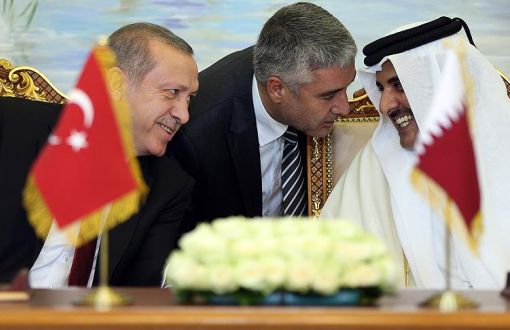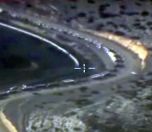After Russia taking series of economic measures following Turkish Armed Forces (TSK) shooting down Russian warplane, trouble with natural gas import has been brought to agenda.
President Recep Tayyip Erdoğan had moved to Qatar from Paris to hold official talks. In response to questions by journalists in the plane to Paris, he said “As you know, we didn’t have natural gas before, it is known of how long it has been since we started using it. Our nation is used to suffering”.
CLICK - OUR NATION IS USED TO SUFFERING
Not long after that, BOTAŞ and Qatar national oil company have signed a preliminary contract enabling Turkey to import long-term and regular liquefied natural gas (LNG).
State-run Anadolu news Agency remarked that the contract will bring in a long-term perspective to import of LNG.
It has been stated that the parties have started preparations to set up a substructure and that the contract to include quantity and duration of LNG import will be signed as soon as possible.
What is LNG? How is it stored and transported?
.jpg)
Natural gas transits to liquid phase as it is cooled to -162°C under atmosphere pressure and named as “Liquefied Natural Gas (LNG)”.
In Turkey’s energy report in 2012, it was stated that Turkey imports LNG from Nigeria as of 1988, and from Algeria as of 1995. In case of need, it is imported from Yemen, Norway and the Netherlands.
Logistics and storage is difficult
In order to store and transport LNG, there must be cryogenic tankers designed in line with technical conditions. Cryogen is a term used in physics for production and processes undertaken in very low temperatures. Thus, storage and transportation is difficult.
Used in industry
LNG which is transported to places where it is not possible to transport via natural gas pipes is being predominantly used in industrial branches such as iron-steel and aluminum melting-processing, casting finishing, production of building materials, manufacture of automotive spare part, and in service industries such as tourism, hospital, airport. (HK/TK)
Click here to read the article in Turkish






132.jpg)